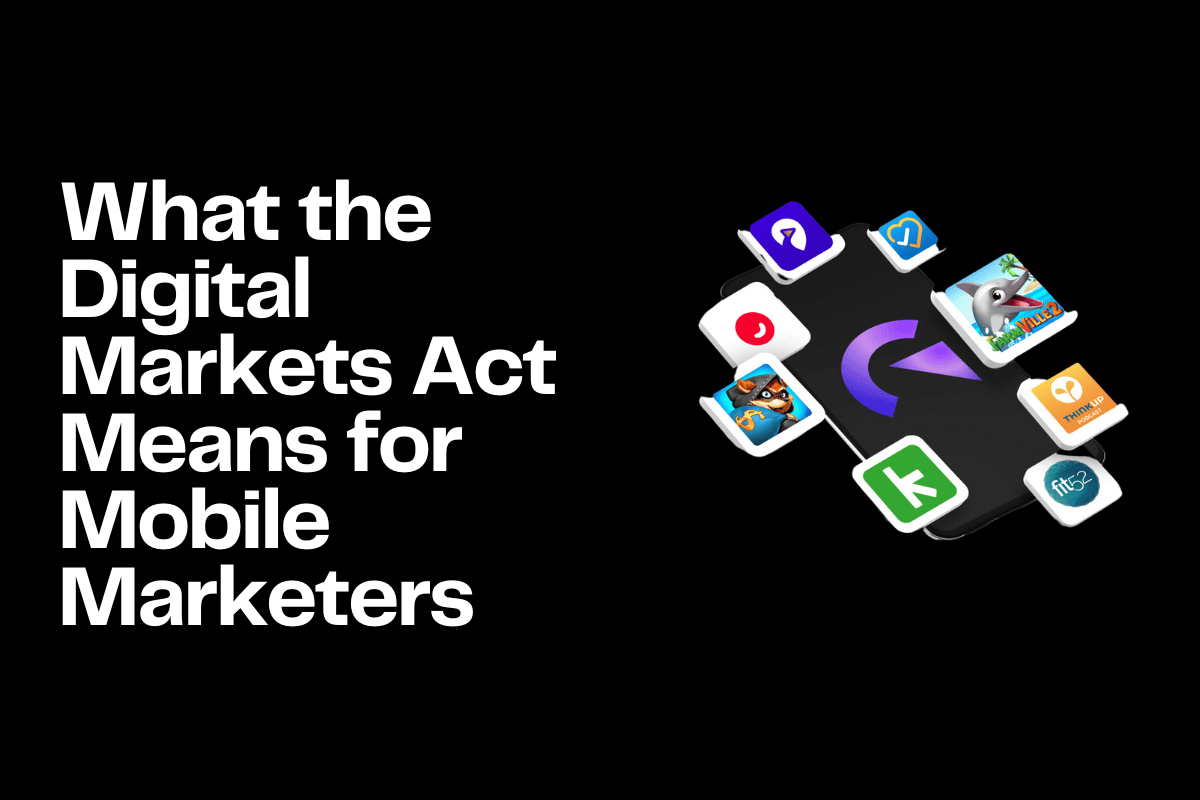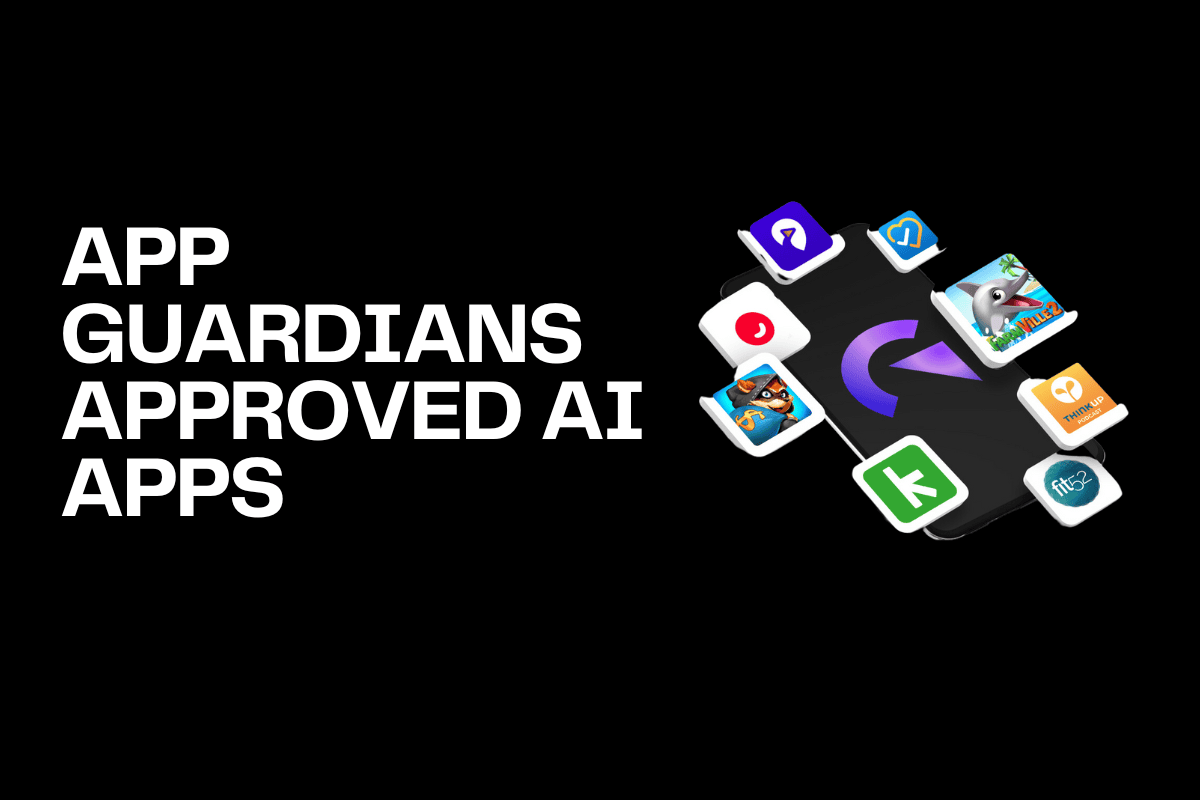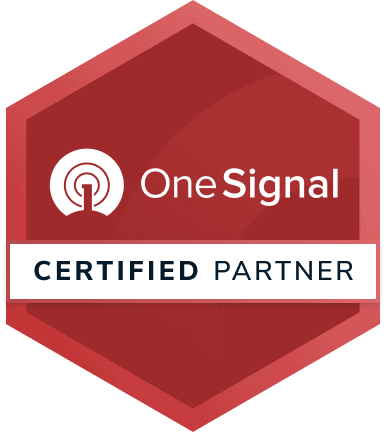5 Metadata Pro Tips For App Launch Success – App Pre-Launch Series (Part 4)
So far in our App Pre-launch blog series, we’ve talked ideation phase topics like the most important questions to ask before you even think of creating an app, finding the right target market and how to create a powerful pitch deck to land app funding.
First, let’s ask the most obviously important question from the get-go:
What is Metadata?
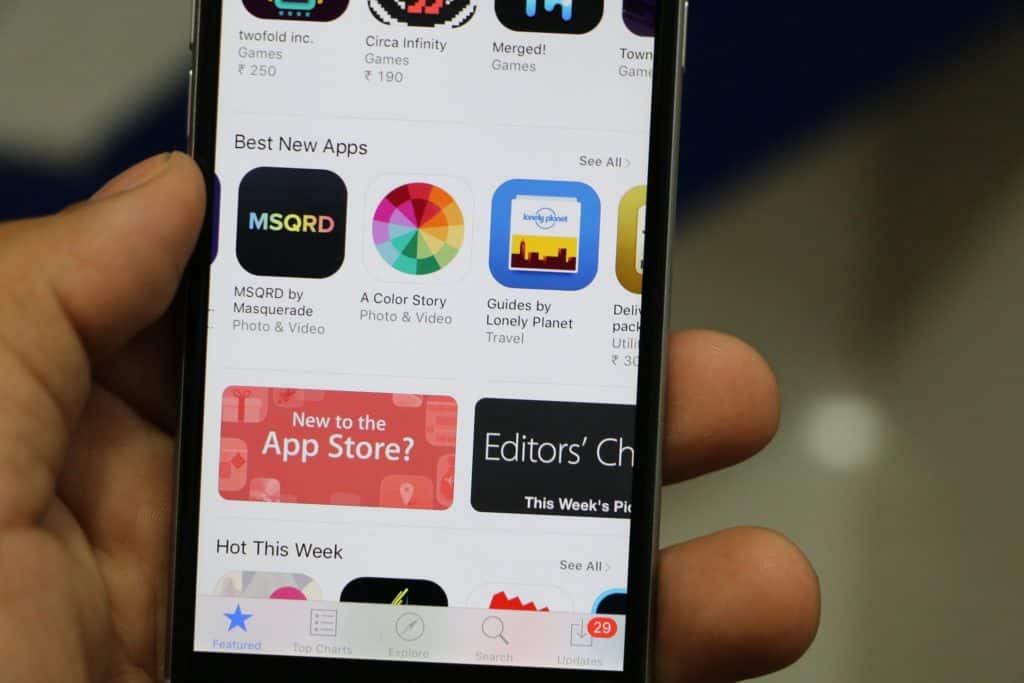
App metadata is is everything you see on an app store listing – all text (titles, descriptions, keywords, etc.) and all visuals (icon, screenshots, video, etc.) Metadata not only is THE thing that gets app store explorers to notice and click on your app, but it’s also crucial for overall search ranking. That’s why you want to get your app metadata right from the start!
There are many tried-and-true tricks of the trade when it comes to mastering metadata, so we’ll only focus on text-focused elements here: your name, domain, keywords and description. We will focus on visual elements in the upcoming parts of our App Pre-Launch Blog series.
Metadata Pro Tip #1: Make your app’s identity memorable
By your app’s identity, we mean your app name. Why you need the right app name is probably fairly clear but sometimes we’re so ingrained in our own projects that what we think is an easy-to-remember or obvious name – isn’t quite so.
Not only that, but think again about how much competition is in your app category. Is the name that you’ve selected going to help you stand out from the rest? Be sure to give it a lot of thought. Test out different ideas and see if you can find your clear winner. Bonus: use a keyword in the name!
Metadata Pro Tip #2: Give your app a good home
Here, by home, we mean your domain. Creating the right domain is extremely important. You want your app to grow and for more users to find it. While a lot of traffic comes from the app stores and ads, it’s important to remember that your website works as the front page/face of your app. Users may stumble across it while browsing the net or doing some shopping, so you need to be able to catch their attention quickly.
On your website you may also have additional information about your team, other apps you are building or other resources that may be helpful for your customers.
The right name is essential as people will need to remember it and find you on the app store. For best results, your domain should match your developer name in app stores, so that you’re easier to find. Not only that, but you’ll rank higher because of backlinks that will organically follow your content.
Remember to keep the design of your homepage simple. Not just because minimalism is cool, but also because it’s your main product – you’re just trying to sell your app, nothing more. Point the visitor’s attention to key features and make it easy for them to get to your app and download it.
Be visual. Don’t expect people to read a bunch of text on your websites. Chances are, visitors are bouncing pretty quickly, either they come to your page and get the app or they leave right away. You have little time to engage them with some visual stimulus. Again, you should look to direct them to 1-3 things that really stand out. If those three things spark interest, they will proceed to read more about your app.
Given the current age of web development, it’s essentially a given that you have to have a responsive design that will work seamlessly across all devices and their various dimensions. If this sounds like a handful – don’t overstress – you don’t need to learn JavaScript or CSS to get there. Simply use a service like Squarespace or Wix and they will do most of the work for you. (Spend more time on your app!)
We’ll use the app, Down Dog, as an example. As a user who would be interested in yoga, you would already know that “down dog” is a fundamental yoga position. It’s catchy, clever and easy to remember for a yogi of any level.
Also, their domain and landing page is simple and to the point. Straight away you see the name, what they do, where to download – all communicated via text and visuals:

Metadata Pro Tip #3: Choose the right bundle ID & developer account
Google is a search engine and play.google.com – where all the Android apps live – is part of it. All metadata are indexed and are part of the ranking algorithm. One key factor in ranking is the bundle ID.
A bundle ID has a format of com.example.myapp. As Google explains in its guide:
“Bundle ID uniquely identifies your app on the device and in Google Play Store. If you want to upload a new version of your app, the application ID (and the certificate you sign it with) must be the same as the original APK—if you change the application ID, Google Play Store treats the APK as a completely different app. So once you publish your app, you should never change the application ID.”
We recommend using a user and search-friendly bundle ID and developer account name to increase your chances of better long-term ranking.
As an example, for their Android app, Relax Melodies chose a bundle ID ipnossoft.rma.free. While this ID corresponds to their developer account, a more search-friendly bundle ID could be com. relaxmelodies.sleep.
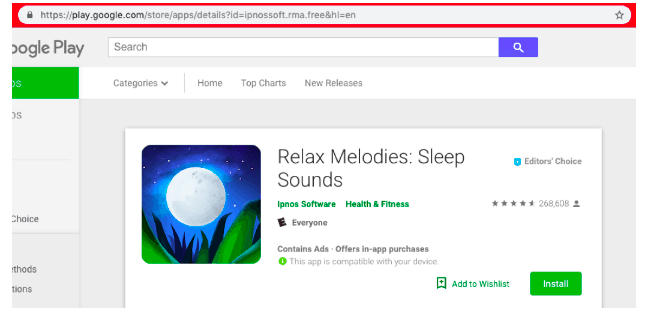
Metadata Pro Tip #4: Prioritize keyword research
Keyword research is a very important part of your marketing and may just be that thing that will get you to the top!
With the evolution of ASO, App Store and Google Play have introduced paid search spots, ads and keyword bidding. Also, most of the apps are found through app stores and – apart from app visibility – the only other method to win over users is through keywords.
So, how do you do keyword research?
To simplify things, we’ll show you how the whole process of keyword research can be summarized into 4 steps: Research, Prioritize, Target and Measure.
Phiture provides this Keyword Optimization Cycle that illustrates it nicely:

We realize that this may be a handful to go through right away, so we’ll do our best to explain this cycle in fewer steps.
Brainstorm
Start off by brainstorming. You know your app better than most. Think of the words that relate to your app and what you would expect people to search for and find your app. If your app is all about fitness, you may include words like workout, exercise, weight loss and so on.
Know your competition
You can use auto-complete searches in the app store to see which keywords show up frequently. Fortunately, there are a lot of analytical tools out there. We like Apptweak, which allows you to track certain properties of your keywords like the volume of searches, difficulty and the chance your app will show up for that keyword. What’s even better, you can track how well your competitors are doing with certain keywords, which keywords are branded and more.
Prioritize
Now that you have your favorite keywords and are aware of those of your competitors, it’s time to make some decisions. Go through your list and choose which keywords you’re going to keep and which ones aren’t worth the precious keyword character limit in the Apple App Store. You also have to decide which keywords go where – they can be in your title, subtitle or short/long description.
Repeat
Remember that this is an ongoing process that requires attention and revision. No matter how good your keywords are, due to the constant changes within the app stores and users’ preferences, you may be outranked quickly if you leave it unmonitored.
Metadata Pro Tip #5: Thoughtfully compose your descriptions
Don’t take your short and long descriptions for granted! Think of your app store listing descriptions as your selling opportunity. If a potential user is interested and needs to be convinced of why they should advance to a download, this is your chance.
You’ve put in all that hard word to identify your winning keywords and what people are searching for, so put them to use here.
Also, be aware that the Apple App Store and Google Play Store have different guidelines. For short descriptions, Google Play has an 80-character limit while in Apple App Store, it’s the first 3 lines. For both platforms, full descriptions can be up to 4,000 characters.
Important note: you have around 250 or so characters before users must click “read more” to see the rest of the description. Most users do not do this! So make your first few lines concise, informative and engaging.
As you can see, metadata is vital to your app’s overall success. Make sure to spend time on creating all the textual elements as you continue in the build phase – way before launch!
In the next few articles of our App Pre-launch Blog series, we’ll go into more detail about how to create stand-out creatives: your app icon, screenshots and app video. So stay tuned!
If you’d like a free one-stop resource to all of our mobile app launch tips, download our “How To Launch An App” e-book here!
Related Articles
The Digital Markets Act and the Digital Services Act are two major pieces of legislature brought forth from [...]
The artificial intelligence trend is everywhere. It’s easy to get caught up in the mix when searching for [...]
For Wellness apps, the most challenging approach is the conversion of the user from passive to active. [...]


